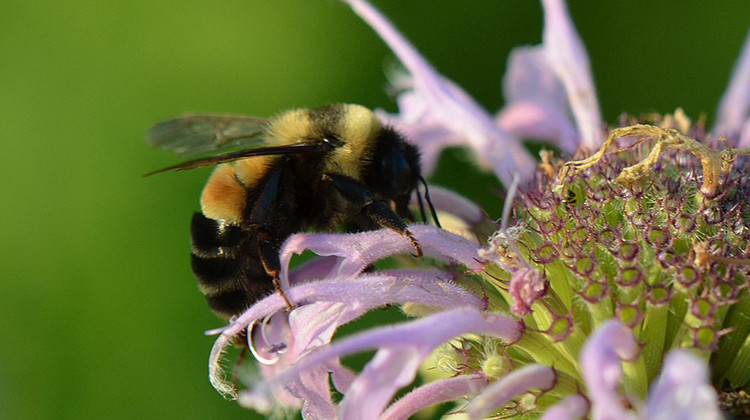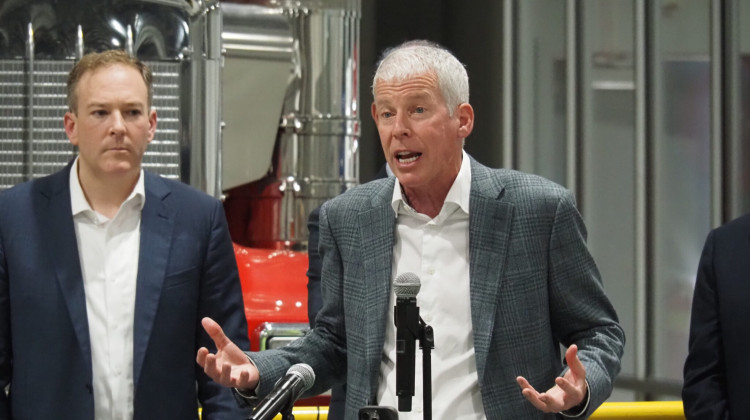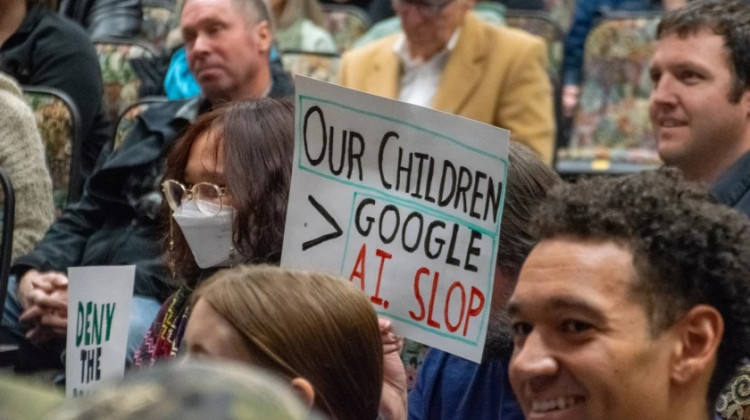
The endangered rusty patched bumblebee now occupies only scattered areas in Illinois, Indiana, Iowa, Maine, Massachusetts, Minnesota, Ohio, Virginia, West Virginia, Wisconsin and Ontario, Canada.
U.S. Fish and Wildlife ServiceJOHN FLESHER - AP Environmental Writer
TRAVERSE CITY, Mich. (AP) — Federal regulators said Monday they would not designate critical habitat for the first bee species in the continental U.S. to be listed as endangered, a move that environmentalists said would worsen its chances for recovery.
The U.S. Fish and Wildlife Service said it had determined the rusty patched bumblebee could survive without having specific areas managed for its protection, even though its population has plummeted 90 percent in the past couple of decades.
Biologists have concluded that habitat loss is not the biggest reason for the bee’s decline, the service said. Additional factors include pesticides, disease and climate change.
Once found in 31 states and provinces from Connecticut to South Dakota, the bee now occupies only scattered areas in Illinois, Indiana, Iowa, Maine, Massachusetts, Minnesota, Ohio, Virginia, West Virginia, Wisconsin and Ontario, Canada.
“The designation of critical habitat plays a very specific role in species recovery and is prudent when a species’ recovery is dependent on specific habitat elements it needs to survive,” said Lori Nordstrom, assistant regional director for Ecological Services in the Service’s Great Lakes region.
“As a habitat generalist, the rusty patched bumblebee can find the habitat it needs in a variety of ecosystems, including prairies, woodlands, marshes, agricultural landscapes and residential parks and gardens, all of which are abundant across the bee’s range.”
The Fish and Wildlife Service approved the bee's endangered listing shortly before President Barack Obama left office. The Trump administration delayed it from taking effect in early 2017 but relented after the Natural Resources Defense Council filed a lawsuit.
The service's decision not to designate critical habitat is “shocking” and probably will bring another legal challenge, said Rebecca Riley, an attorney with the council. The rusty patched bumblebee, named for the rusty reddish patch on the backs of workers and males, relies heavily on historical grasslands and prairies that have mostly been developed, she said.
“The bee has lost over 90 percent of its historic range,” she said. “We were expecting the Fish and Wildlife Service to do its job and protect what is left.”
Critical habitat designations can prevent damage to areas that provide shelter, breeding and rearing sites and food for endangered species. Denying it “may increase the rusty patched bumblebee’s risk of extinction,” said Sarina Jepsen of the Xerces Society for Invertebrate Conservation, which filed the petition that prompted the bee's consideration for listing.
Business groups previously raised concerns about the bumblebee designation, saying it could affect industries such as agriculture, residential and commercial development, and energy production.
Some of the bee populations were turning up in urban and suburban areas, said Michael Mittelholzer, vice president for environmental policy with the National Association of Home Builders.
“There's a high likelihood that landowners or home builders would be encumbered” if critical habitat were designated, he said.
 DONATE
DONATE







 Support WFYI. We can't do it without you.
Support WFYI. We can't do it without you.